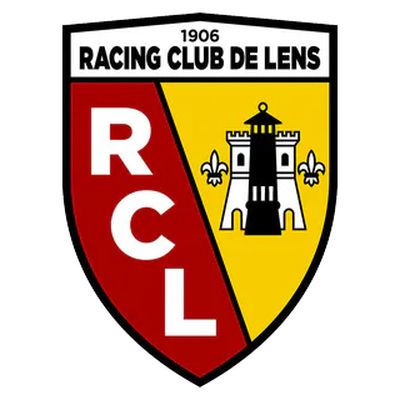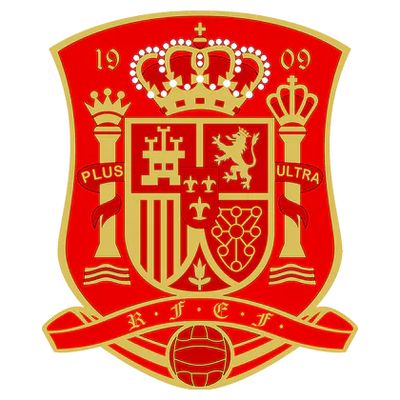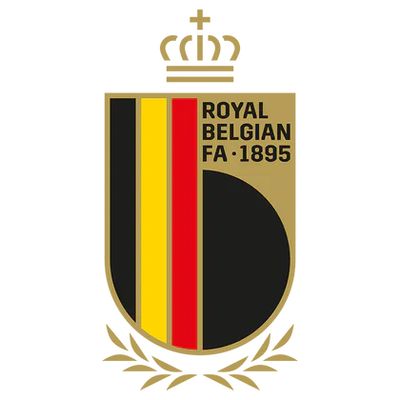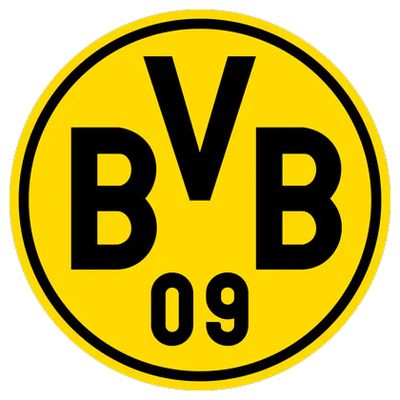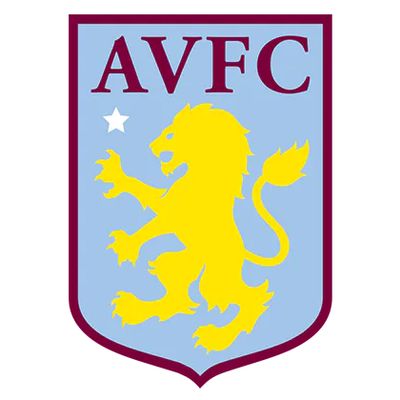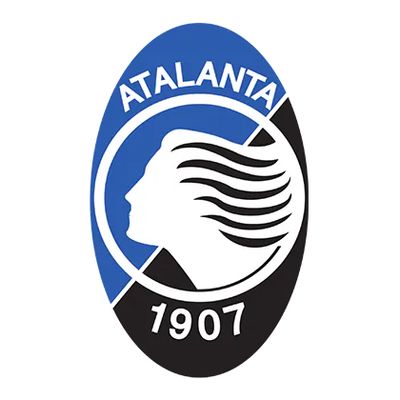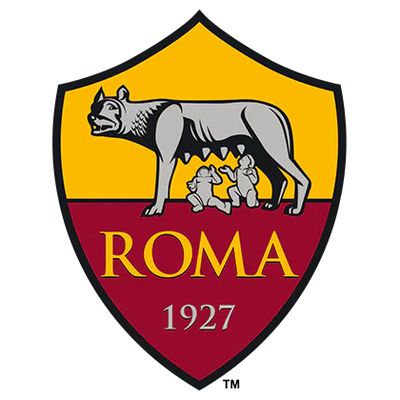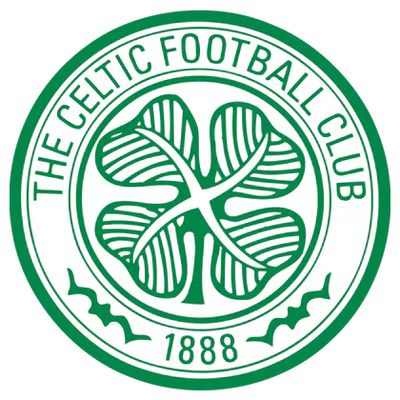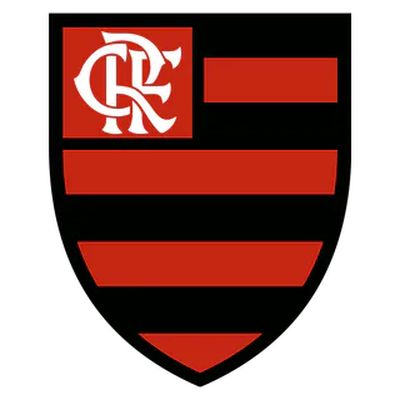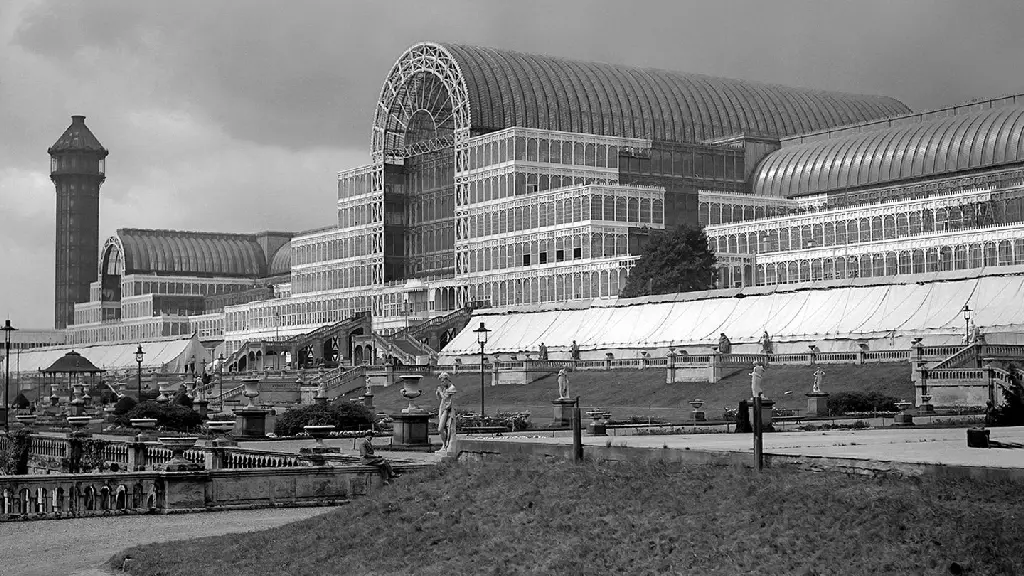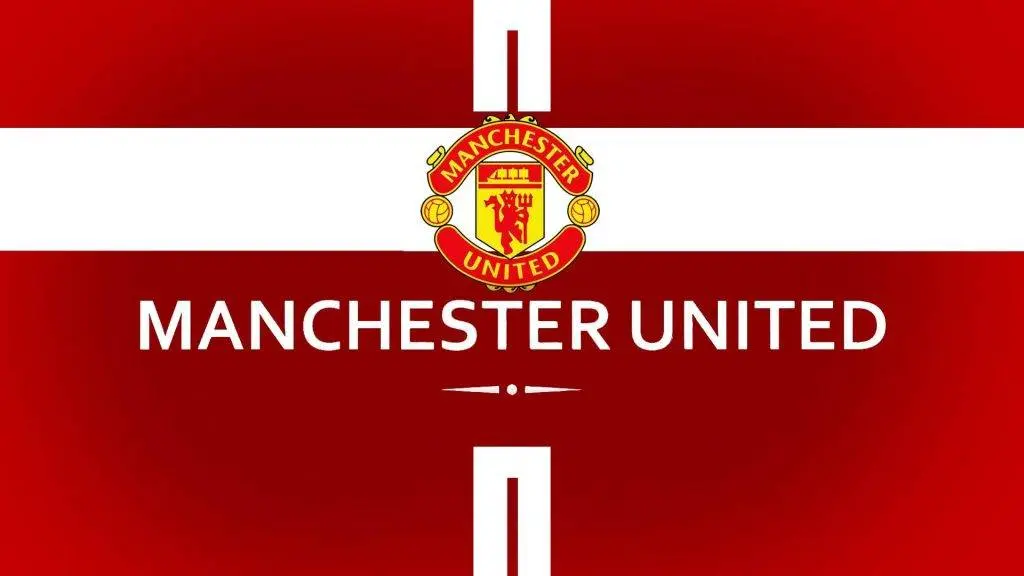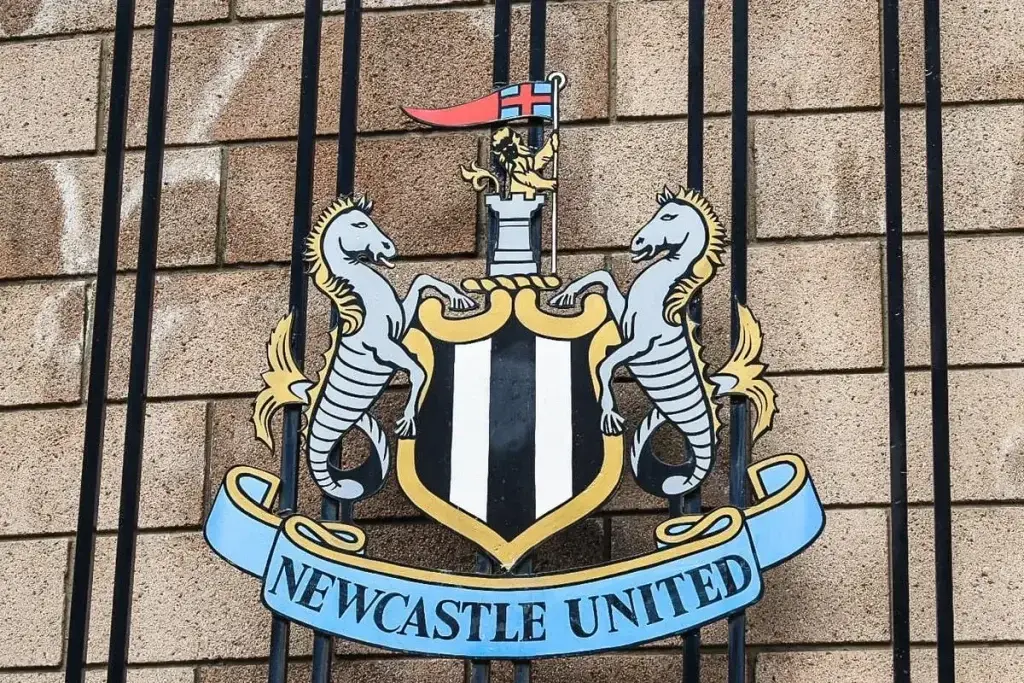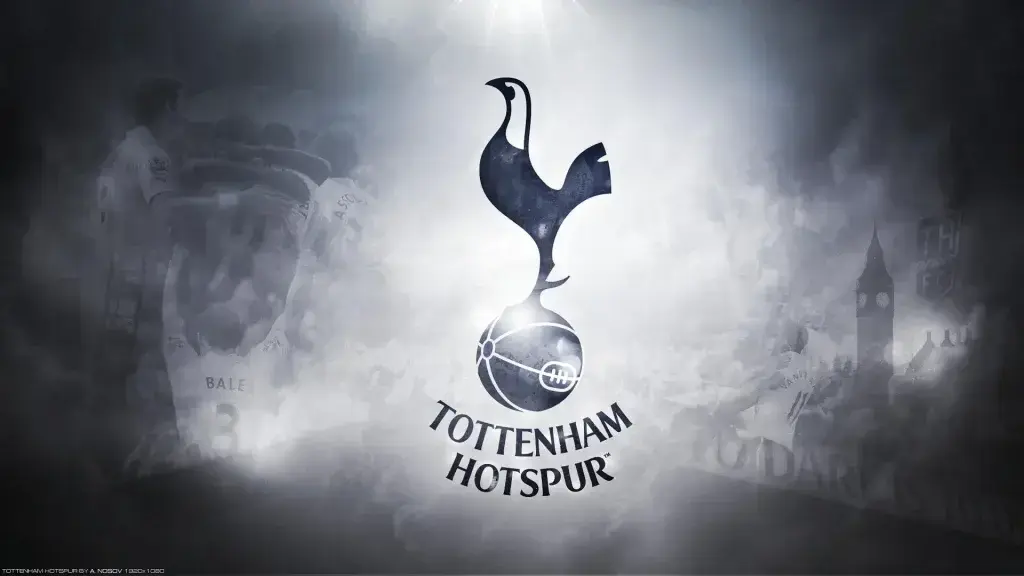In the annals of football history, the chronology of the oldest clubs has always been a topic of contention. For years, Sheffield Football Club, established on October 24, 1857, has held the record as the world’s oldest football club. Meanwhile, Notts County, founded in November 1862, is renowned as the oldest league club. But research by Peter Manning suggests an intriguing narrative; Crystal Palace – which many believe was established in 1905 – may have roots dating back to 1861.

The Origins of Crystal Palace
Crystal Palace’s history traces back to the establishment of the Crystal Palace Company in 1852. This entity was tasked with managing an impressive iron and glass structure in South London’s Sydenham, initially exhibited in Hyde Park. The Crystal Palace in Sydenham, the world’s first large-scale theme park covering 200 acres, was a spectacle in its own right.
As part of its business plan, the company laid a cricket ground in June 1857, birthing the Crystal Palace Club with its chairman, Thomas Farquhar, taking up the role of President. In Victorian England, it was common for cricketers to keep fit during winter by playing football. From this tradition, the Crystal Palace cricket players established their football team in 1861, with the inaugural match held against Forest Football Club on March 15, 1862.
The Rise of Football at Crystal Palace
Crystal Palace became a pivotal entity in shaping football. 1863 when The Football Association (FA) was established, a representative from Crystal Palace cricket club, Frank Day, was present at the inaugural meeting. Crystal Palace championed the codification of Association Football rules, even against vehement opposition from rugby clubs, with their delegates attending more foundation meetings than any other club.
In the first official match under the new Association Football rules at Battersea Park in January 1864, Palace provided three players for the game between the President’s and Secretary’s teams. The first recorded match under the new rules for Crystal Palace came on February 27, 1864, where they defeated Barnes 2-1.
The Stoppage and Resurgence of Football
Despite pioneering football, Crystal Palace ceased organized matches for almost two decades in 1875. Analysis suggests the termination may have been due to the desecration of their cricket grounds. The club did not shut down, however, as cricket continued to be played throughout the summer, and the club existed until its merger with WG Grace’s newly formed London County Cricket Club in 1900.
The Establishment of the Professional Crystal Palace Club
In 1894, an entrepreneurial entertainment manager, Henry Gillman, persuaded his board to build a football ground by filling their two large fountains. Football returned to the Palace, hosting 20 FA Cup finals between 1895 and 1914.
A new limited company was formed, and legendary cricketer WG Grace, appointed Crystal Palace Company’s Sports Director, played a role in the project. The professional club was established in 1905, with Crystal Palace Company buying 1,700 shares, thus obtaining control. This effectively meant the corporation had its football club based in 1861.
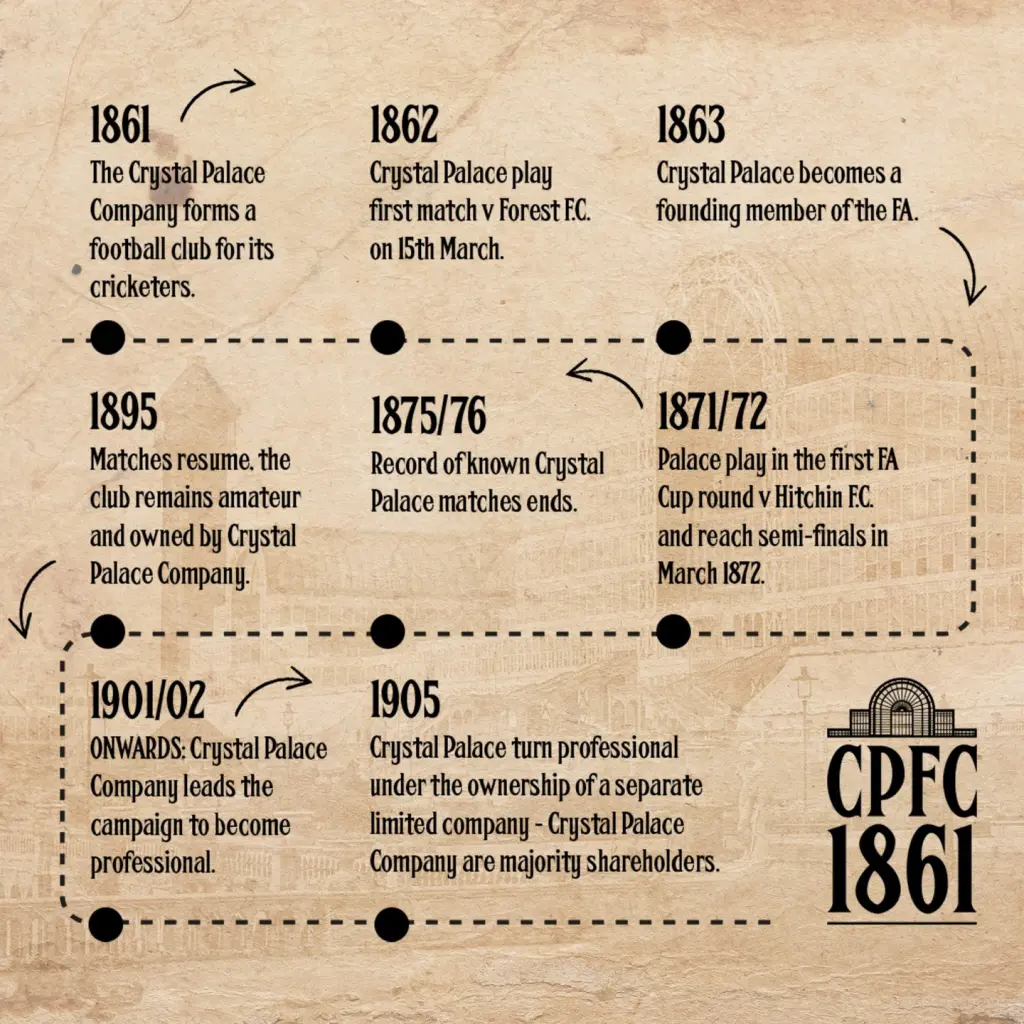
The Claim of being the Oldest
- This is the foundation on which Crystal Palace claims to be the world’s oldest professional football club. When the professional club published its first handbook in 1906, joining the Southern League Division Two, it listed former international players, such as Alex Morten from 1873 and Arthur Savage and Charles Eastlake-Smith from his, indicating their belief in their continuity with the original amateur team.
Steve Parish, the Chairman of Crystal Palace Football Club, spoke on this intriguing claim, stating, “As a lifelong supporter of Crystal Palace, it is amazing to think that we have a legitimate claim to be the oldest professional league club still in existence, that we attended the first FA meeting, and that our history can be traced back to the Victorian cricketers of 1861, including the great WG Grace.”
He expressed his gratitude to Peter Manning for his remarkable work in researching the authoritative history of the club. “It’s a fascinating story,” Parish added, “and I hope supporters will enjoy seeing the story brought to life in this film.”
With this newly discovered research by Peter Manning, the Crystal Palace Football Club’s history takes on a new meaning and legacy. Should this stand, it would make Crystal Palace the oldest professional football club, a title that would substantially add to this outstanding team’s rich and profound history.
The past is a tapestry interwoven with various threads of memorable events. When we tug on these threads, we are often led down intriguing paths that shape our understanding of the present. Such is the case with Crystal Palace, a club with roots in the cradle of football history, showing us the dynamic evolution of the sport we know and love today.
In conclusion, Crystal Palace’s claim, bolstered by the research of Peter Manning, might change how we perceive football history. If accepted, this historical adjustment would enrich Crystal Palace’s legacy and shed new light on the inception and evolution of professional football.

 Bundesliga
Bundesliga

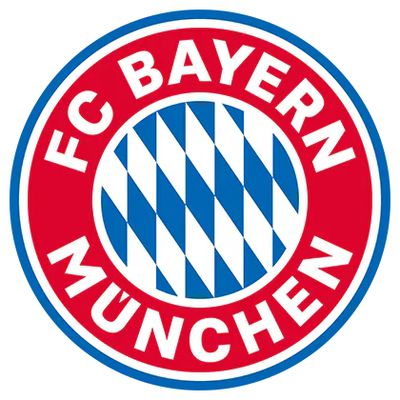
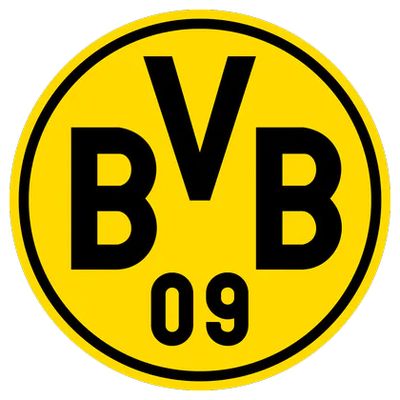


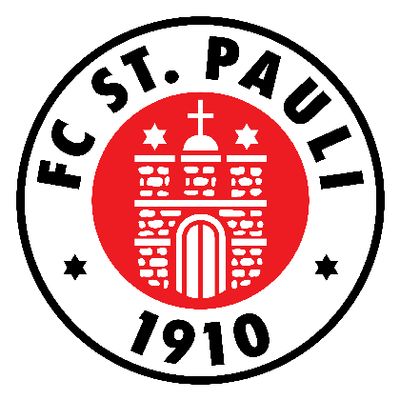



 Chilean Primera Division
Chilean Primera Division




 Dutch Eredivisie
Dutch Eredivisie
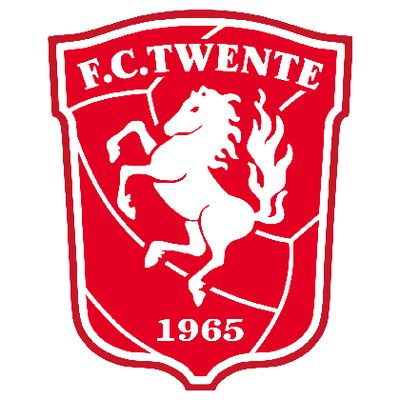


 EFL Championship
EFL Championship

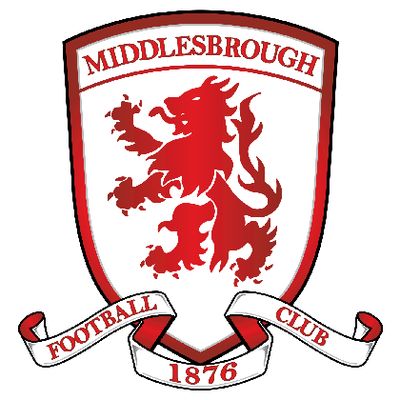


 J1 League
J1 League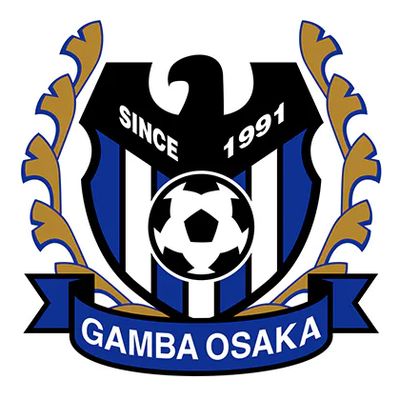









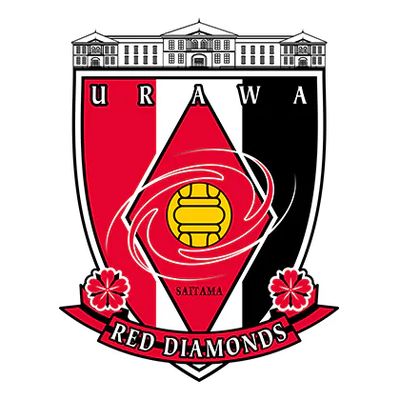



 La Liga
La Liga



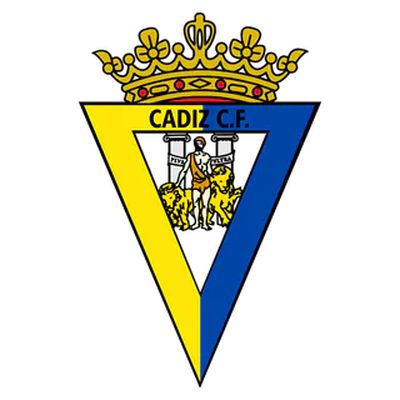
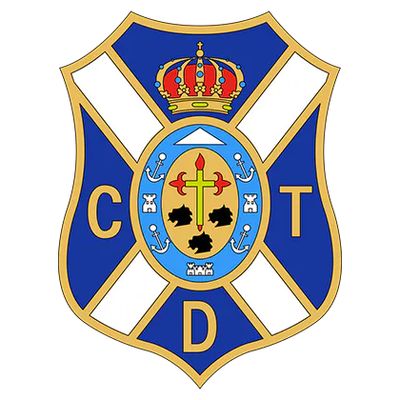


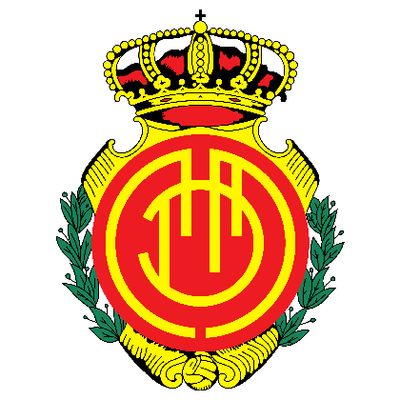


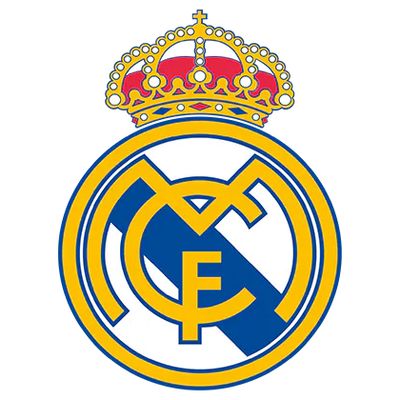
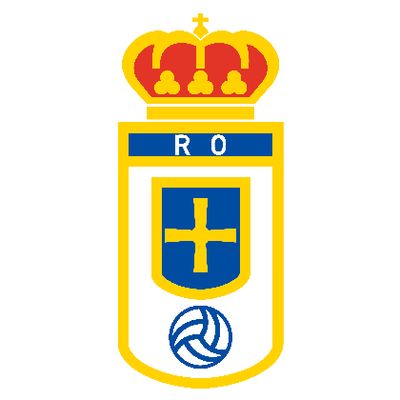

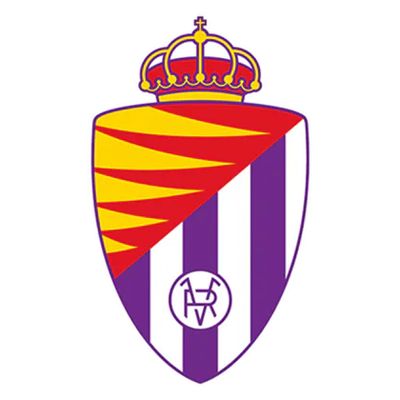
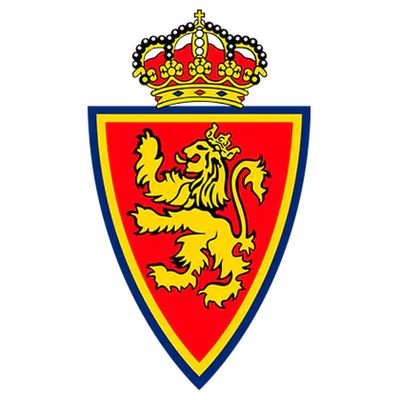

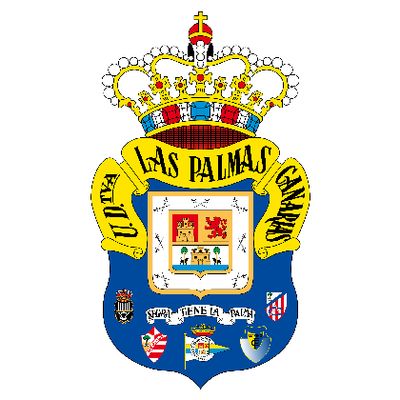

 Liga MX
Liga MX





 Liga Profesional
Liga Profesional


 MLS
MLS









 Premier League
Premier League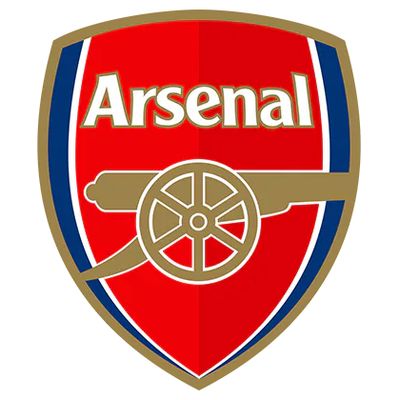


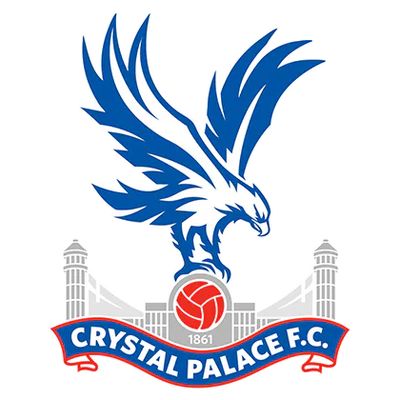
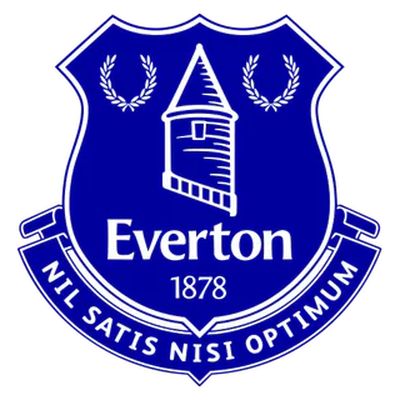
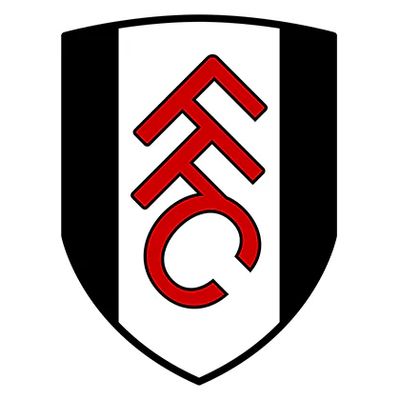


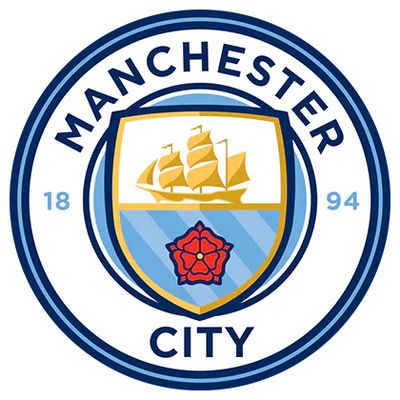
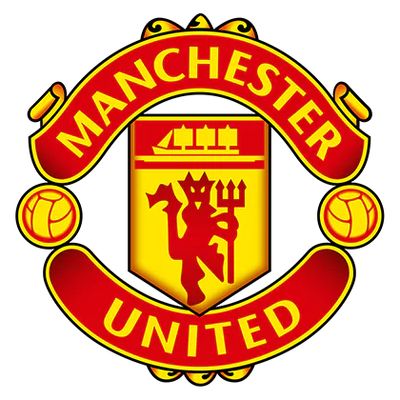
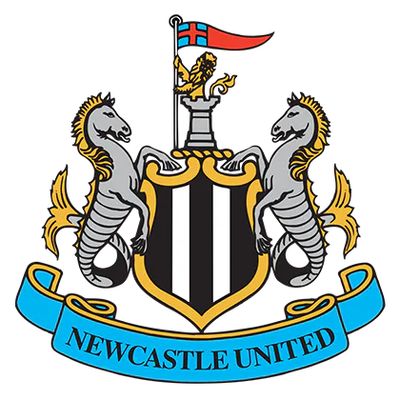




 Primeira Liga
Primeira Liga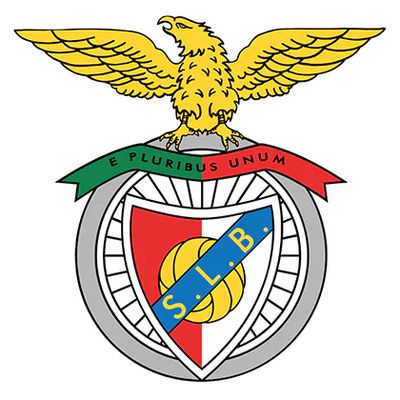
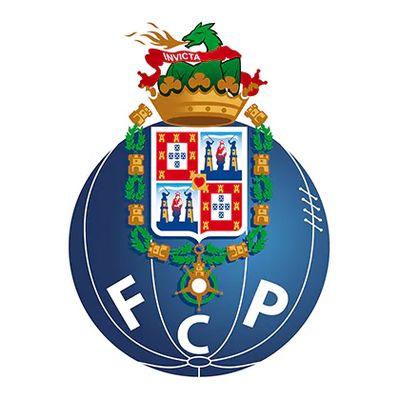

 Saudi Professional League
Saudi Professional League
 Scottish Premiership
Scottish Premiership


 Serie A
Serie A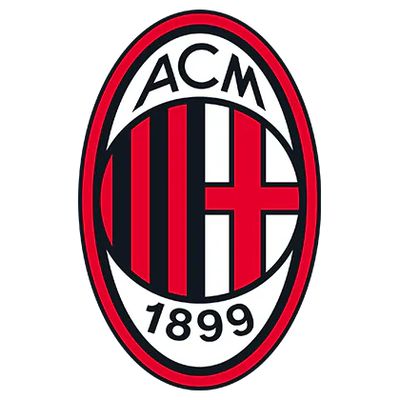



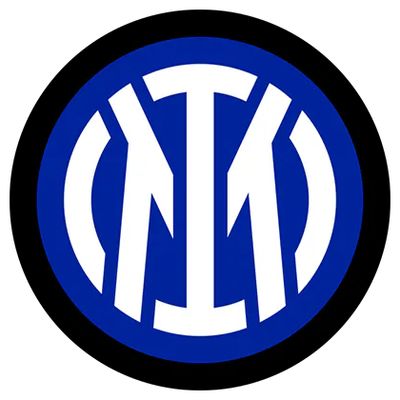






 Ligue 1
Ligue 1





